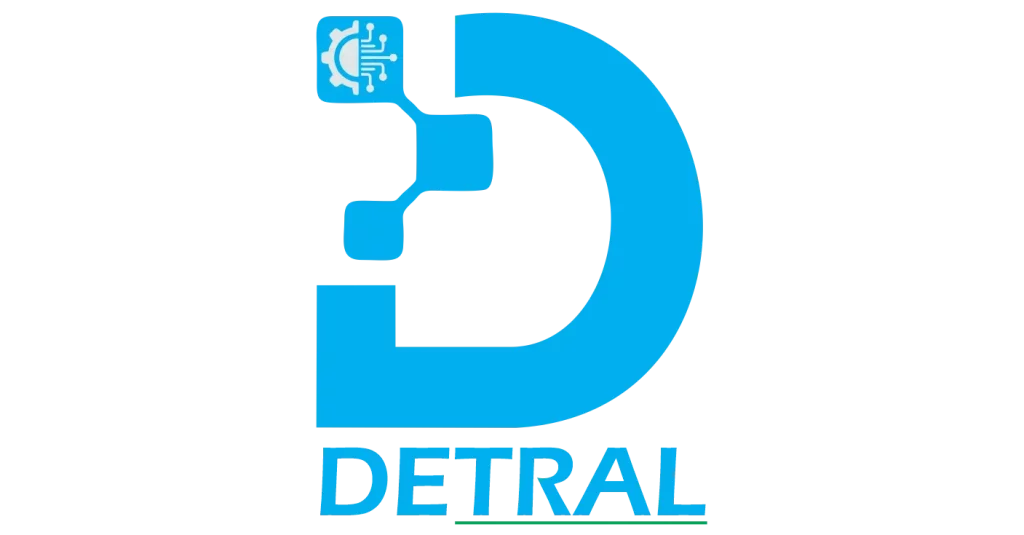For several years word of mouth marketing has been growing secretly. Many brand consumers do this marketing and refer to genuine and valuable products.
Whether they’re in a family gathering or a formal meeting. When the discussion of a problem starts, they refer to the products and services.
Although they’re not paid for referring or recommending items in their circle, they do not get paid anything from the brand. The reason why they did it is obvious: “Amazing Solution Providing.” These are the loyal customers and put a dedicated brand when they have to make any purchase in that category.
Table of Contents
ToggleEssence of Word-of-Mouth Marketing
Whenever you’re making a decision to make a purchase, what do you do? Perform initial research and check reviews, right?
Meanwhile, after that, you look around for friends or colleagues and ask them about it.
How’s their experience and verdict, if it’s good you pursue it or refuse it?
Since WOMM is not a high-end marketing strategy, in fact, it’s a simple method in which users of the product advertise in the form of silent marketing for the brand. One refers to two, then two refers to 7, and the chain goes on. A time comes when everyone talks about it.
Origin of Digital Transformation
It was no earlier than the 1990s when the Internet began its journey to replace TV cables. Consumers started demanding custom shows and wanted to get value-added services.
At that time, no one could expect the Internet to be an irreplaceable part of daily life after 30 years. Marketing started its evolution from print media to digital media.
According to the Pew Research Center, only 5% of Americans prefer Print Media, while the remaining 95% prefer digital forms of media (websites, apps, TV and Radio). This data shows us that the growth of Digital Evolution is positive and impacts billions.
Social Media Amplification
We’ve seen that whenever an event occurs, the news comes to us by various means. People told us we saw it on TV and noticed someone talking in the coffee bar.
Similarly, brands use the Social Media Amplification technique to diversify their content and spread it using multiple platforms. It helps them to gain more viewership and perform the marketing efficiently. There is a significant role of digital WOMM for online recommendations as well.
Influencer Marketing
Influencer marketing is currently at the top of other marketing methods. The reason is simple: it’s targeting end-users directly. The traditional marketing practice was to hire a celebrity for ads.
In contrast, today, it’s not very efficient because individuals are more towards influencers. They resonate with them as their personalities and are willing to perform a CTA.
User-Generated Content
Secondly, UGC, or user-generated content, allows users to put their content by tagging brands on social platforms. For instance, a new season on Netflix has just been released.
Yet, the viewers start talking about it and create a digital WOMM campaign using hashtags # to show their interest. These viewer comments or customer testimonials motivate the producers and team to keep working with passion on their following projects.
Online Reviews and Ratings
Thirdly, reviews and ratings are the most significant indicators to analyze the product’s success. If the ratings are higher (⭐⭐⭐⭐⭐), it means people are getting value for money.
On the other hand, if the reviews are low, it means the user’s problems are still there, and people are wasting their money. It highly impacts the new customer’s perception towards the brand.
Chatbots and AI-Powered Recommendations
Another concept of the latest WOMM is personalized marketing using chatbot endorsements. The AI-powered recommendation works when a user has an issue regarding the product or service. They visit the brand’s support section. There, a prompter opens up, ready to chat.
Yet, when the visitor asks anything, he or she is answered with some recommended ads. This may be a bit technical. A simple example is the new Bing AI Chatbot. It’s simple to give suggestions based on the preferences of searchers.
Measuring Digital WOMM Success
In order to measure the success of WOMM, there are many factors. Some of the main three metrics are:
Engagement Metrics
The engagement metrics are, above all, measuring the success of word-of-mouth marketing. It presents the actual reach, viewership, likes, comments and sharing data. This means the brand can analyze the progress in real time, whether the followers are engaging or not.
Conversion Rates
At the second number, conversion rates are the golden nuggets for brand success. Getting more conversions is the aim of every brand. They use paid and unpaid methods to boost conversions. Meanwhile, the ideal way to enhance it is the WOMM.
Net Promoter Score (NPS)
The Net Promoter Score (NPS) is a metric used to gauge customer loyalty by asking customers a single question:
“On a scale of 0 to 10, how likely are you to recommend our product/service to a friend or colleague?”
Based on the responses, customers are then categorized into three groups:
- Promoters (9-10): Customers who respond with a score of 9 or 10 are labelled as Promoters. These are loyal enthusiasts who will keep buying and referring others, fueling growth.
- Passives (7-8): Customers who respond with a score of 7 or 8 are labeled as Passives. They are satisfied but unenthusiastic customers who are vulnerable to competitive offerings.
- Detractors (0-6): Customers who respond with a score between 0 and 6 are labelled as Detractors. They are unhappy customers who can damage your brand and impede growth through negative word-of-mouth.
For Example:
Imagine you surveyed 100 customers:
- 70 customers gave a score of 9 or 10 (Promoters).
- 20 customers gave a score of 7 or 8 (Passives).
- 10 customers gave a score between 0 and 6 (Detractors).
Then, the NPS would be:
NPS = 70%−10% = 60%
This means your NPS is 60.
Conclusion
All in all, the media industry has evolved in every era and is still in its evolution phase, from old marketing practices to current Word-of-mouth marketing techniques. At each stage, a new kind of sub-tactics brings out and changes the entire way of work. However, it’s always necessary to keep the practices up to date and measure them as per the standards.








